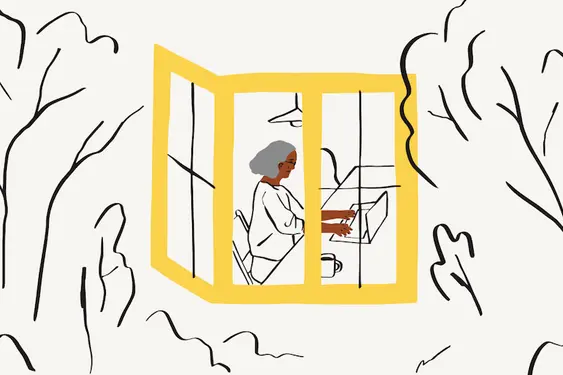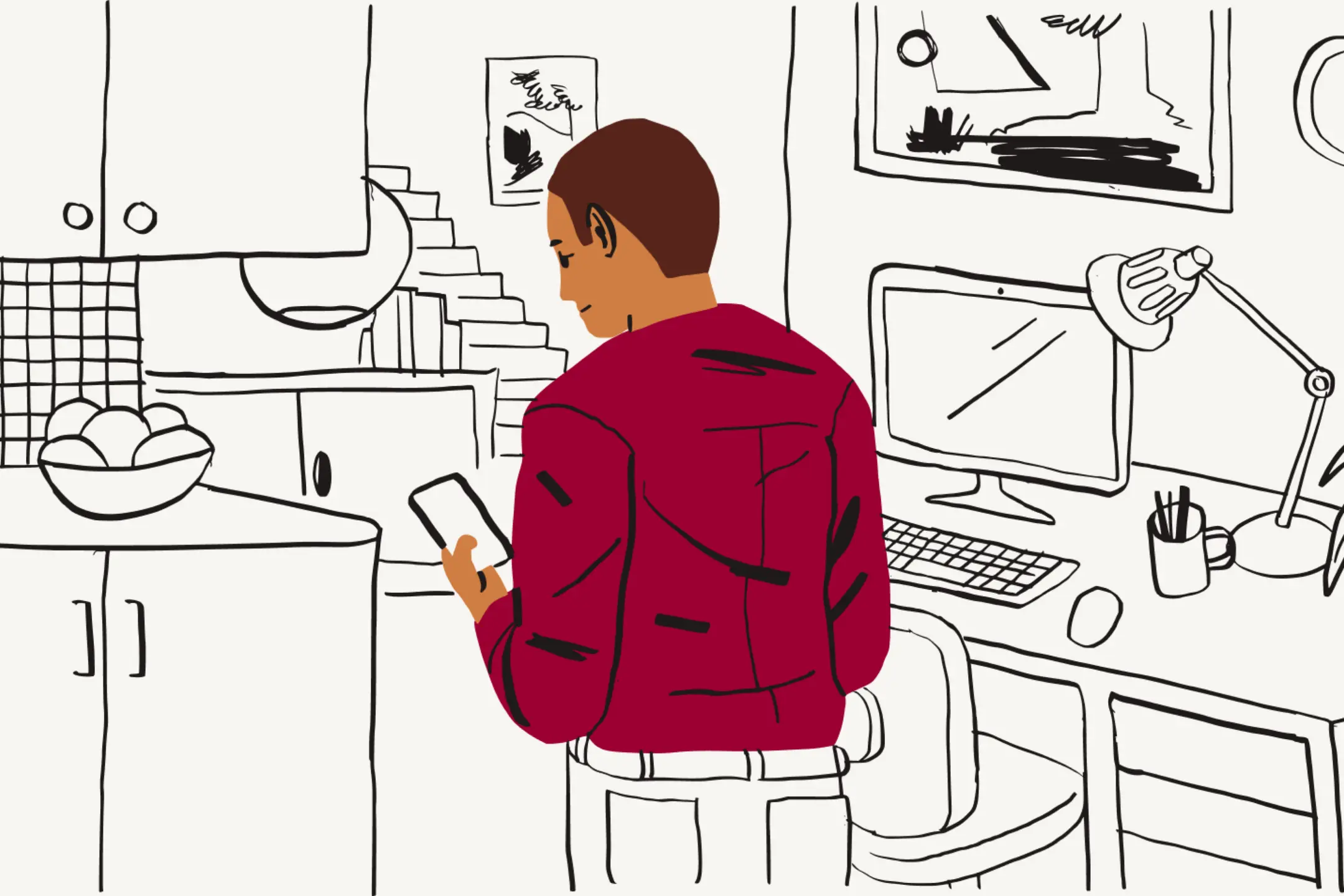4. Lights, camera, …
Do you ever wonder why some people always seem to look good on camera? They aren’t special. It’s the camera, and more importantly, the lighting! Follow these steps to look your best:
- Place your camera at eye level and have your head in the upper third of the computer screen, not centred.
- Use soft, indirect light when possible. If you have a light that you can direct, aim it at a white wall in front of you. If you have a typical desk lamp, put a thin sheet over it to diffuse the light.
- The light source should always be in front of you, never behind or directly overhead.
- Natural light is best. Light from a window is often better than even professional equipment.
5. Look the part
No amount of preparation or good lighting will help if you show up for your virtual interview still in your pyjamas. Dress for success to show the hiring manager you are serious about the job:
- Research the company culture before you pick an outfit. Your grandpa may tell you businesswear is always best, but for many companies, especially in the fashion and tech industries, clean and casual is better.
- Don’t dress in distracting clothes. Jewel tones always work well on camera and won’t draw unneeded attention.
6. Practice makes perfect
Remote interviewing can be awkward. The only way to truly get comfortable is to practice! Find a patient family member or friend and do as many mock video interviews as you can handle. Here are some tips to follow to get you feeling natural and confident on camera:
- Practice eye contact with the camera, not the person you are interviewing. It feels unnatural at first, but research shows that looking directly at the camera will create more of a connection between you and the interviewer.
- Smile and act a little more animated than in person. Slightly exaggerated facial expressions and hand gestures will make you seem more natural on camera.
- Maintain confident and friendly body language. Sit up straight with your shoulders back the whole time.
- Practice answering common interview questions. Why did you leave your last job? Why do you want this job? Why are you the best candidate? What are your biggest weaknesses?
7. Take notes and follow up
Take notes during the interview and send an email to the recruiter or hiring manager within 24 hours of your interview. Make sure to:
- Write down interesting personal facts about your interviewers.
- Note how they describe the role and how you would work with them.
- Be sure to ask for their work email.
- Send a follow-up note to thank your interviewers for their time. It helps if you can reference a detail or two from your conversation to make your email more personal.
Dropbox Paper is a great way to take and organise notes. Learn how to use Paper here.






